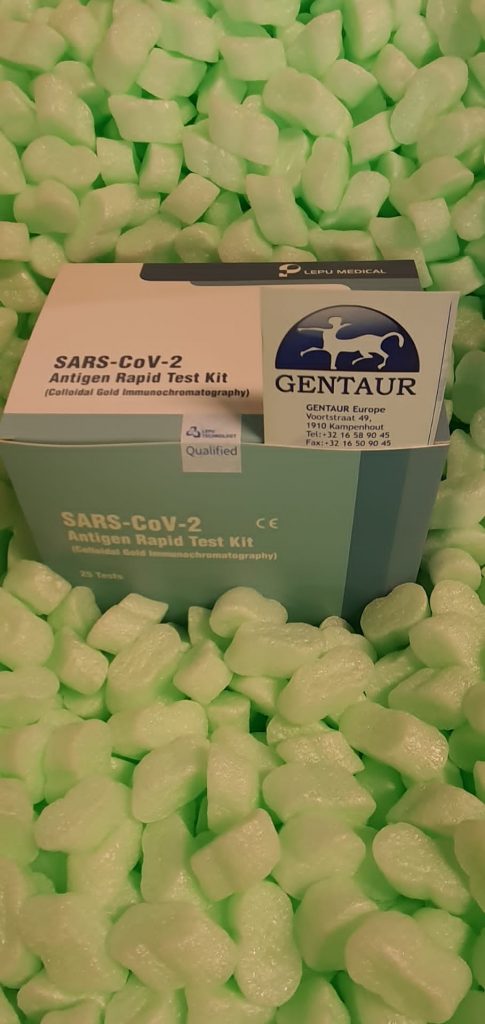Komagataella phaffii as Emerging Model Organism in Fundamental Research
Komagataella phaffii (Pichia pastoris) is one of probably the most extensively utilized yeast species in pharmaceutical and biotechnological industries, and, subsequently, additionally referred to as the biotech yeast. However, due to extra superior pressure engineering strategies, it lately began to realize consideration as mannequin organism in basic analysis. So far, probably the most studied mannequin yeast is its distant cousin, Saccharomyces cerevisiae. While these knowledge are of nice significance, they restrict our data to 1 organism solely. Since the divergence of the 2 species 250 million years in the past.
phaffii seems to have advanced much less quickly than S. cerevisiae, which is why it stays extra attribute of the frequent historic yeast ancestors and shares extra options with metazoan cells. This makes Okay. phaffii a helpful mannequin organism for analysis on eukaryotic molecular cell biology, a possible we’re solely starting to totally exploit. As methylotrophic yeast, Okay. phaffii has the intriguing property of with the ability to effectively assimilate methanol as a sole supply of carbon and vitality. Therefore, main efforts have been made utilizing.
phaffii as mannequin organism to review methanol assimilation, peroxisome biogenesis and pexophagy. Other analysis subjects coated in this overview vary from yeast genetics together with mating and sporulation habits to different mobile processes equivalent to protein secretion, lipid biosynthesis and cell wall biogenesis. In this overview article, we evaluate knowledge obtained from Okay. phaffii with S. cerevisiae and different yeasts every time related, elucidate main variations, and, most significantly, spotlight the large potential of utilizing.
phaffii in basic analysis. Some of the first causes for this debacle are the difficulties linked to attaining selective focusing on to diseased tissue, organs, or cells, which is the primary aim not solely of polymer conjugation however of all supply programs of small medication. In mild of the necessity to obtain higher drug focusing on, researchers are striving to establish extra refined, biocompatible supply approaches and to open new horizons for drug focusing on methodologies resulting in profitable scientific functions.

Intravenous allogeneic umbilical wire blood-derived mesenchymal stem cell remedy in recessive dystrophic epidermolysis bullosa sufferers
Recessive dystrophic epidermolysis bullosa (RDEB) is an incurable illness that causes extreme mucocutaneous fragility attributable to mutations in COL7A1 (encoding kind VII collagen [C7]). In this section I/IIa trial, we evaluated the security and potential scientific efficacy of intravenous infusion of allogeneic human umbilical wire blood-derived mesenchymal stem cells (hUCB-MSCs) in sufferers with RDEB. Four grownup and two pediatric sufferers with RDEB have been handled with three intravenous injections of hUCB-MSCs (1 × 106 to three × 106 cells/kg) each 2 weeks and adopted up for 8-24 months after remedy.
The main endpoint was security. Secondary endpoints associated to efficacy included scientific parameters, equivalent to illness severity rating, wound evaluation, itch and ache rating, and high quality of life. C7 expression ranges and inflammatory infiltrates in the pores and skin, in addition to serum ranges of inflammatory markers and neuropeptides, have been additionally assessed. To the very best of our data, that is the primary scientific trial of systemic administration of allogeneic hUCB-MSCs in sufferers with RDEB, demonstrating security and transient scientific advantages.
Intravenous hUCB-MSC infusions have been nicely tolerated, with out critical hostile occasions. Improvements in the Birmingham Epidermolysis Bullosa Severity Score, physique floor space involvement, blister counts, ache, pruritus, and high quality of life have been noticed with maximal results at 56-112 days after remedy. hUCB-MSC administration induced M2 macrophage polarization and diminished mast cell infiltration in RDEB pores and skin. Serum ranges of substance P have been decreased after remedy. Increased C7 expression was noticed on the dermoepidermal junction in 1 of 6 sufferers at day 56.

